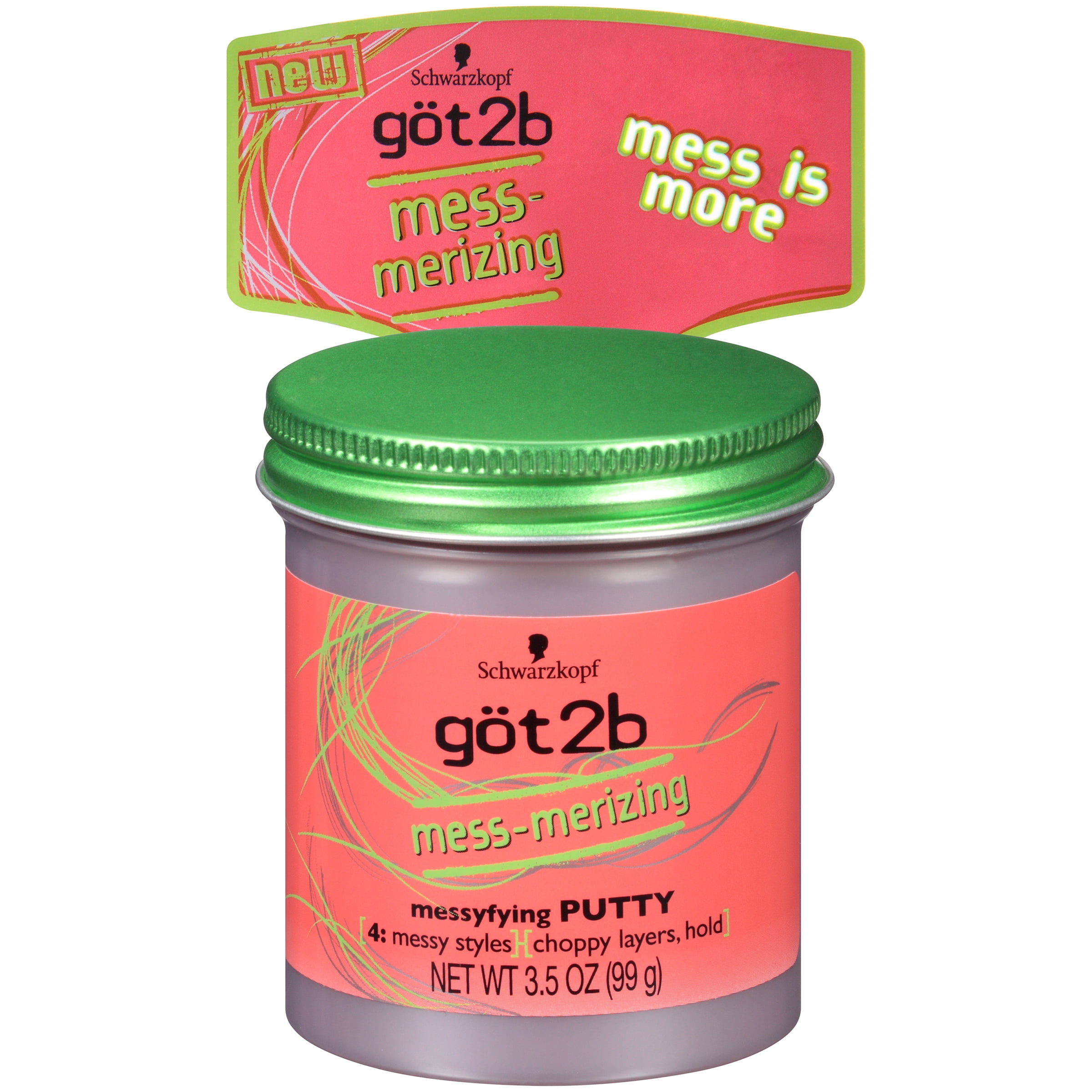
With every styling product that you layer onto your fine hair, you’re increasing your chances of a limp, weighed-down look. While hairspray can certainly help to set your style, look for a hair product that can achieve double-duty results, like a texturizing spray with hold. Single-duty products, like a regular hairspray.Instead, look for a leave-in that’s weightless or volumizing, like our Miracle Leave-In Lite. If your ends tend to be dry, apply just a bit to the ends only. Similar to the styling products above, using a heavy-duty conditioner in the shower can weigh down your hair. Instead, opt for products that add a little texture. You’ll want to avoid these because fine hair, with its fewer layers of cuticles, tends to be naturally soft and silky. Oils and heavy styling products aimed at making your hair softer.Now, let’s get into the nitty-gritty… the 5 biggest things to avoid for fine hair! 5 Products and Ingredients to Avoid for Fine Hair Both types are usually looking for a thickening or volumizing effect - but your ideal hair product may need to be a lighter spray if you have fine strands, versus a thicker styling cream for medium to coarse hair. Coarse-but-thin hair can handle thicker products, in most cases, and you may be dealing with additional dryness. Since fine hair and thin hair are different (you can be both, or you can have one but not the other), keep this in mind as you read through this guide. You may see a lot of scalp showing when you put your hair up in a ponytail, for example. Thin hair, on the other hand, refers to the density of your hair follicles, or how close individual strands are to each other. This type of hair is often weak and breaks easily, because of that lack of cuticle layers. In our Guide to Fine Hair we explored the difference between fine and thin hair, which has to do with the texture of your hair: fine hair refers to strands that are small in diameter and have fewer cuticle layers, so products easily penetrate through it.
#Best hair putty for thin hair how to#
And on the flip-side, some of the best products for fine hair to add to your routine! How to Care for Fine (or Thin) Hair What’s a girl to do? A good start is to understand exactly what ingredients or types of products are too heavy for your hair type. Combination hair - like fine strands with oily roots, fine hair with dry ends, or even fine hair with oily roots AND dry ends - can be even more finicky, needing a totally customized routine. While others may get away with layering tons of products to get the results they want, fine hair requires lighter products and a much lighter touch. What if it’s too heavy? What if I apply too much, and my hair turns into a limp, flat mess? We love the Tarte Big Ego Dab & Go Hair Concealer, because it’s waterproof, so it will stay in place no matter what.If you have fine hair, you’re probably all-too-familiar with the anxiety of trying out a new product. Especially when it comes to rain or sweat, you’ll want one that can stay put and won’t make a mess. Scalp concealers can be removed easily with shampoo and water, but it’s best to find a formula that won’t smudge or run during the day. This comes down to the application method as well, as powders can take a little longer to apply but can look more precise, while sprays are easy to use in a pinch but may not cover as well.


It all depends on what kind of finish and look you’re going for. The powders are usually made with hair fibers that give the appearance of volume, while sprays can add color and fill in missing patches. Scalp concealers mostly come in two forms: either a powder, like our best overall pick BOLDIFY Hairline Powder or spray. What to Look for in Scalp Concealers Formula She is also a natural hair YouTuber, and her popular channel DeeperThanHairTV has over 1M followers. Kee Taylor is a former celebrity hairstylist and owner of Deeper Than Hair Salon in Philadelphia. With expert recommendations and after reading through hundreds of customer reviews, we landed on these top-rated picks. To find the best scalp concealers on the market, we conducted hours of research-evaluating each on how well they covered thinning hair, how easy they were to apply, and how well they lasted during the day. “Although it’s a temporary fix, scalp concealers are inexpensive, easy to use, and give instant results.” “A scalp concealer is used to cover up thinning, balding and patchiness and gives your hair a fuller, thicker look,” says salon owner and YouTuber Kee Taylor. But if you’re looking for a quick solution that can cover hair loss easily, a scalp concealer might be your best bet. There’s a variety of fixes to grow your hair back, such as minoxidil treatments or even hair transplants.

According to Mayo Clinic, about 55% of women will experience hair loss by the age of 70. Whether it be a widening part or thinning patches, hair loss can be annoying and inconvenient.


 0 kommentar(er)
0 kommentar(er)
